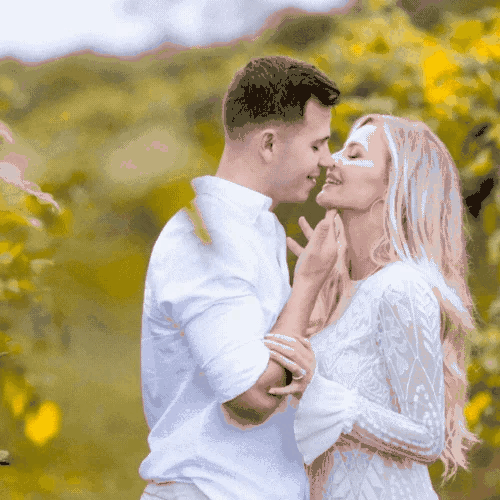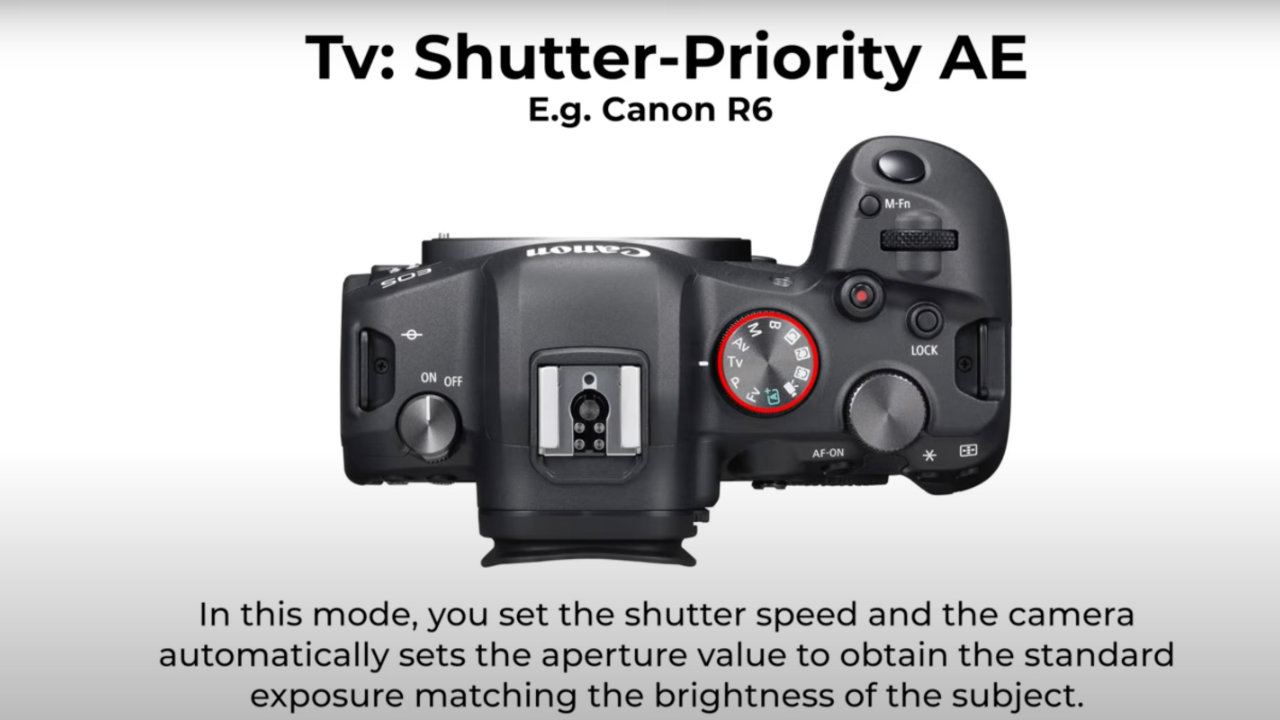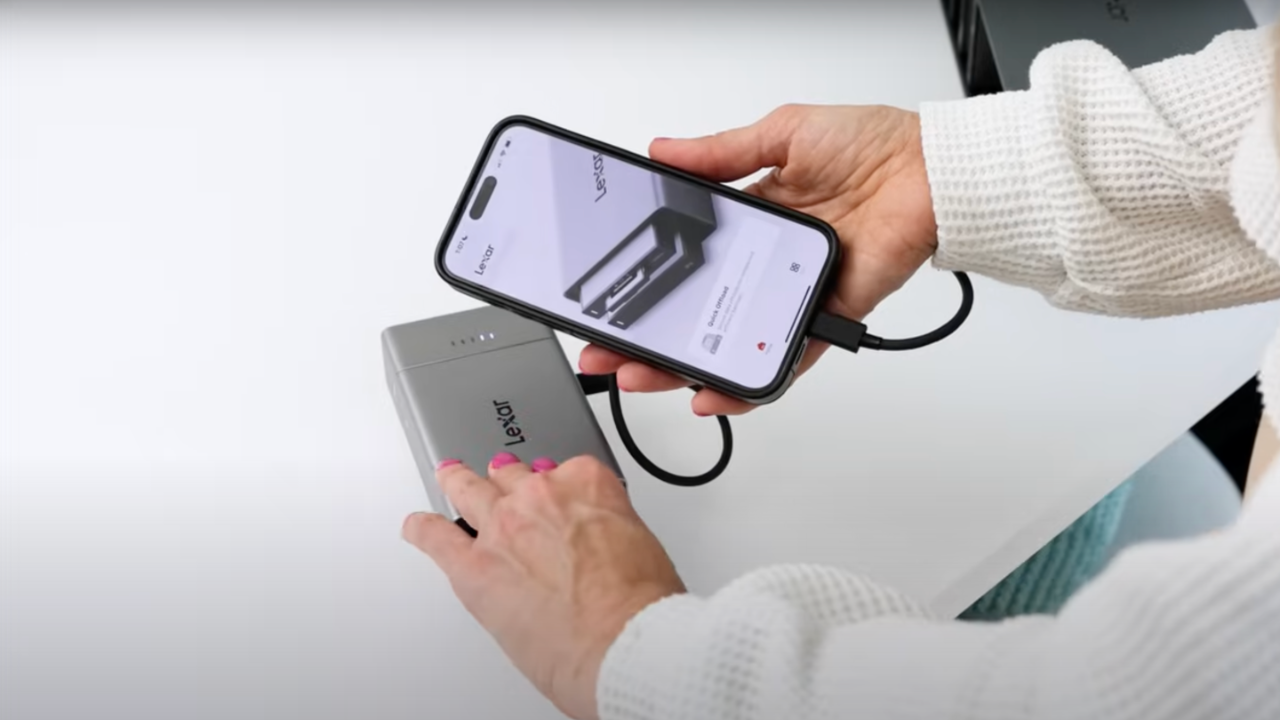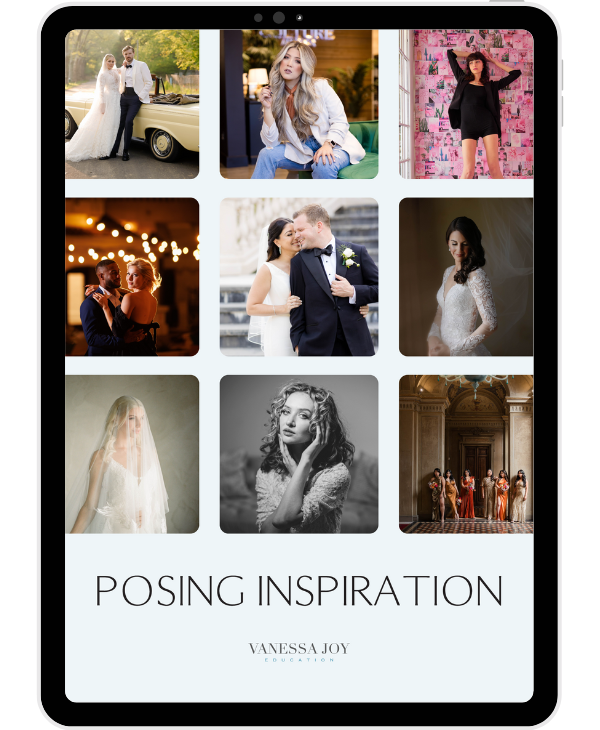What is f-stop and aperture in photography?

I’m Vanessa Joy, a professional wedding, portrait, and lifestyle photographer with over 20 years of experience. Today, we’re diving into one of the most fundamental yet powerful concepts in photography: f-stops and aperture. Whether you’re a beginner or a seasoned pro, understanding how aperture works can completely transform your images. Let’s get started!
What is an F-Stop and Aperture?
In simple terms, aperture refers to the opening in your camera lens that controls how much light enters the camera. The f-stop is the setting that determines the size of that opening. Think of it like the pupil of your eye—it can widen to let in more light or narrow to reduce the light.
-
Wide Aperture (Low f-stop number, e.g., f/1.2 or f/2.8): Lets in more light and creates a shallow depth of field (blurry background).
-
Narrow Aperture (High f-stop number, e.g., f/16 or f/22): Lets in less light and creates a deeper depth of field (more in focus).
How Aperture Affects Your Photos
Aperture doesn’t just control light—it also impacts your depth of field, which is the area of your image that appears sharp. Here’s how:
-
Shallow Depth of Field (Wide Aperture):
-
Perfect for portraits, product photography, or any shot where you want to isolate your subject.
-
Creates that dreamy, blurry background effect.
-
Example: Shooting at f/1.2 or f/2.8.
-
-
Deep Depth of Field (Narrow Aperture):
-
Ideal for landscapes, group photos, or scenes where you want everything in focus.
-
Example: Shooting at f/16 or f/22.
-
What is a “Fast Lens”?
You’ve probably heard the term fast lens thrown around in photography circles. A fast lens is one that can open to a very wide aperture (e.g., f/1.2 or f/1.4). These lenses are called “fast” because they allow more light into the camera, enabling faster shutter speeds in low-light conditions.
-
Example: The Canon RF 85mm f/1.2 is a fast lens, perfect for stunning portraits with creamy bokeh.
-
Trade-off: Fast lenses are often more expensive, but they’re worth the investment if you love shooting in low light or achieving that blurry background effect.

Choosing the Right Aperture for Your Shot
Here’s a quick guide to help you decide which aperture to use:
-
Portraits: Use a wide aperture (f/1.2 to f/2.8) for a blurry background.
-
Landscapes: Use a narrow aperture (f/16 to f/22) to keep everything in focus.
-
Group Photos: Use a mid-range aperture (f/5.6 to f/8) to ensure everyone is sharp.
-
Creative Shots: Experiment with extreme apertures for unique effects, like shooting at f/1.2 for an ultra-shallow depth of field.


Real-Life Examples
In the video, I shared photos taken at different f-stops to show the dramatic effects of aperture. For instance:
-
At f/1.2, the background is beautifully blurred, making the subject pop.
-
At f/16, the entire scene is in focus, perfect for landscapes.
Final Thoughts
Mastering f-stops and aperture is a game-changer for any photographer. It gives you creative control over light and depth of field, allowing you to tell your story exactly how you envision it. Whether you’re shooting with a fast lens or experimenting with different apertures, the key is to practice and have fun!

Ready to Take Your Photography to the Next Level?
If you found this guide helpful, don’t forget to check out my video on Manual Exposure Settings and why I always set my f-stop first. And if you’re looking for more photography tips, gear reviews, and tutorials, subscribe to my blog and YouTube channel!



























